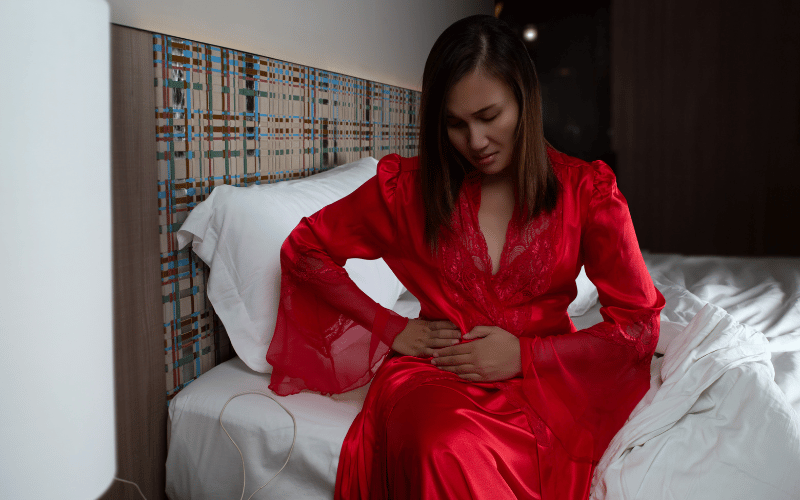Introduction: Setting the Stage for Gallstone Awareness
Gallstones, the small, hard deposits that form in the gallbladder, have a notorious reputation for disrupting the digestive system. This condition affects millions worldwide, with a notable prevalence in women. Various factors contribute to this disparity, including hormonal fluctuations, pregnancy, and certain lifestyle choices. Recognizing the symptoms early on can be a game-changer, saving individuals from potential complications and excruciating pain.

The gallbladder, a small pear-shaped organ, plays a crucial role in storing bile, a digestive fluid produced by the liver. When the balance of substances that make up bile is disrupted, gallstones can form. These stones range in size, from as small as a grain of sand to as large as a golf ball, and can exist without causing symptoms. However, when they obstruct the flow of bile, they make their presence known through a series of symptoms that can no longer be ignored.
For women, understanding and recognizing these symptoms is pivotal. The hormonal changes that occur throughout a woman’s life, especially during pregnancy and post-menopausal stages, place them at an increased risk. Obesity and rapid weight loss further contribute to this risk, making it imperative for women to stay vigilant and proactive in their health journey.
So, what exactly are these symptoms, and how can women arm themselves with the knowledge needed to tackle gallstones head-on? This article aims to delve deep into the ten cardinal symptoms of gallstones in women, providing insights, real-life implications, and guidance on navigating this rocky terrain.
Symptom 1: Abdominal Pain – The Foremost Indicator

Abdominal pain stands tall as one of the most prevalent and unmistakable symptoms of gallstones in women. It manifests as a sharp, intense pain in the upper right quadrant of the abdomen, often extending its reach to the back or right shoulder. This pain isn’t the kind you shrug off; it demands attention, peaking rapidly and maintaining its grip for hours.
Gallstones make their presence known primarily when they obstruct the bile ducts, leading to what is medically known as a gallbladder attack. This attack doesn’t play by the rules; it can strike at any moment, particularly post a fatty meal, and lingers for a substantial period. Women report this pain as one of the most intense they’ve experienced, a relentless grip that refuses to let go.
The intricacies of this abdominal pain are worth noting; its sudden onset and longevity are key indicators of gallstones. Women may find themselves doubling over, unable to find a comfortable position, as the gallbladder spasms in response to the obstruction. It’s a signal, loud and clear, that all is not well within.
This pain, however, isn’t a standalone symptom; it’s often accompanied by other signs of gallstones such as nausea, vomiting, and fever. Together, they paint a comprehensive picture, urging women to seek medical intervention. Ignoring this pain isn’t an option; it’s a call to action, a prompt to delve deeper and address the root cause.
In sum, abdominal pain is more than just discomfort; it’s a clarion call from the body, signaling the presence of gallstones. Women are encouraged to listen, to respond, and to seek the care needed to navigate this painful symptom, ensuring it doesn’t take a toll on their quality of life. (1)